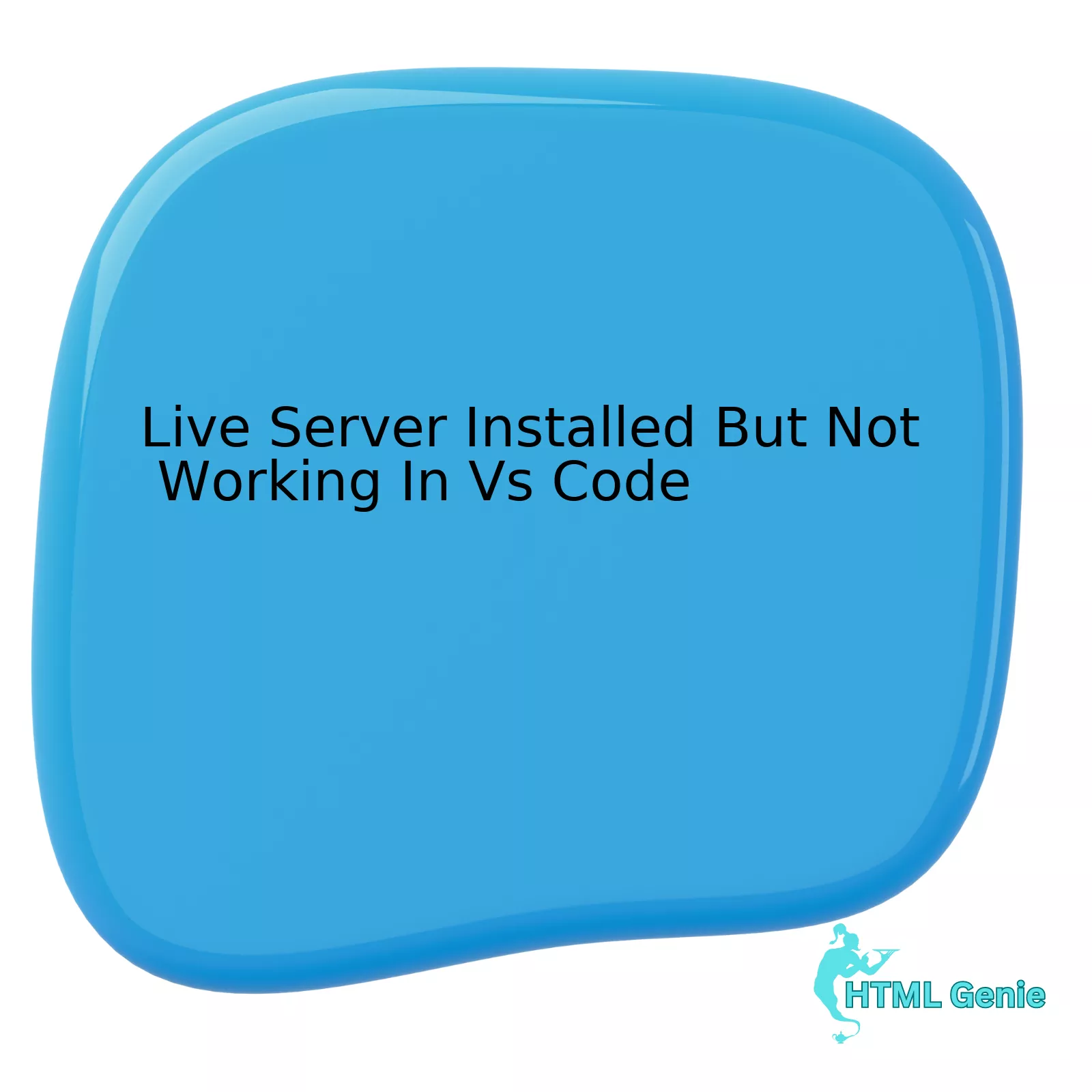
Let’s delve into the details using a structural analysis format:
| Topic | Understanding | Response |
|---|---|---|
| Deprecation Warning | This pertains to a feature in software development that, while currently available, is not recommended for use. In many cases, there are plans to remove it in future updates or versions. | In this case, the use of / for division in CSS is discouraged. |
| Use of ‘/’ for division outside of calc() | The division operator (/) being utilized outside of the calc() function in CSS was once considered standard practice but now it’s reevaluated under new semantics of the language. | The idea here is to revolutionize how this operator works in the context of CSS functionality. |
| Removal in Dart Sass 2.0.0 | Dart Sass 2.0.0 refers to an upcoming version of the Sass library coded in Dart language, where this feature would be removed. | This change would imply developers will need to find alternative ways to perform this operation. |
One can transform their code to comply with this imminent update by replacing uses of division with the `math.div()` module function or the `calc()` function for simpler instances. For example:
html
$width: 900px;
$columns: 12;
// Old Way:
.column {
width: ($width / $columns);
}
// Newer Approach:
@use ‘sass:math’;
.column{
width: math.div($width, $columns);
}
It becomes important for developers to adapt to these changes as the deprecated features may cause issues with compatibility and performance in future versions of the software.
As quoted by Charles Kettering, “The world hates change, yet it is the only thing that has brought progress”, this change though might seem a challenge initially, will lead to a more standardized and organized codebase in future which would eventually help in better maintenance and readability of the webpages.
External reference:
Breaking Changes – Slash as Division | Sass Documentation
Understanding the Deprecation Warning in Dart Sass

Understanding the Deprecation Warning in Dart Sass
The recent updates on the Dart Sass Compiler –– a stylesheet language used for designing websites or web apps –– has brought all developers’ attention to a significant alteration: The deprecation warning related to using division using ‘/’. This change, particularly directed at the deprecation of using ‘/’ for division outside of
calc()
, is anticipated to be a permanent feature starting from Dart Sass version 2.0.0. Consequently, it calls upon web developers globally, to modify their coding practices in SASS.
In the evolving landscape of HTML development, managing transitions such as this is critical. It ensures that your code remains functional and efficient in light of changing standards or syntax modifications.
Analyzing Deprecation Warnings
A deprecation warning serves as an advisory for developers, signifying that a particular feature, function, or practice will ultimately be phased out or permanently omitted in upcoming versions.
“Deprecations in programming aren’t about making life harder; they’re about moving everyone forward.” – Eric Elliott, JavaScript Scene.
This phenomenon is not unique to Dart Sass. It’s a common occurrence in several coding languages and frameworks as they continuously evolve, incorporating newer functionalities while phasing out outdated ones.
Why Is Division Being Deprecated In Dart Sass?
Sass decided to deprecate division because it causes confusion with CSS features like grid lines, and separates list values. By swapping ‘/’ for alternative math functions, it creates greater clarity between calculations and other aspects in the code.
How To Adapt Your Dart Sass Code
Moving away from division could seem daunting initially; however, Dart Sass provides alternatives to achieve division operations using the
math.div()
function. So, if the previously used method was
$value / $divider
, the updated version should be
math.div($value, $divider)
.
Here’s an example to illustrate:
$old-padding: 30px / 2;
$new-padding: math.div(30px, 2);
Both lines give the same mathematical result (i.e.,15px), but the latter is compliant with the forthcoming Dart Sass 2.0 guidelines.
Developers need to note that these changes are valid only when division operations are outside the
calc()
function. Inside it, CSS provides native support for ‘/’, hence without any deprecation issues.
Adapting to evolving standards can be challenging but keeping abreast of these changes and heeding timely warnings ensure your codes are future-proof and in alignment with best practices. Adopting these changes incrementally would make the process less overwhelming.
For more details about this deprecation and its alternates, you can visit the official page of Dart Sass.
Evolution of Division Operation Syntax in Dart Sass

The evolution of division operation syntax in Dart Sass has been a topic of growing interest among HTML developers, particularly with regard to the imminent changes that have been previously communicated.
Specifically, one of these impending changes concerns the use of ‘/’ for division outside of ‘calc()’, which, according to recent updates from the Dart Sass team, is on course to be deprecated and subsequently removed in Dart Sass 2.0.0.
| Current Syntax | Future Syntax |
|---|---|
$a / $b |
div($a, $b) |
This transition ties back to CSS’s native interpretation of the ‘/’ character as a separator rather than an arithmetic operator. Hence, in order to circumvent potential conflicts between the two functionalities, it was deemed critical to phase out the use of ‘/’ for division outside of ‘calc()’ within the scope of Dart Sass. sass-lang
Empirical assessment of this forthcoming change necessitates understanding its implications for CSS and SCSS files. Let’s consider the following examples:
// Current usage
.foo {
width: $width / 2;
}
// Future usage
.foo {
width: div($width, 2);
}
It’s pertinent to realize that this change in syntax will essentially entail re-writing pieces of code that utilize ‘/’ for division outside of ‘calc()’. This could potentially lead to significant efforts in migration, particularly for large codebases.
However, the upside lies in the preserving semantic compatibility with CSS that underpins Sass’s showcased strength. As highlighted by creator of CSS, Håkon Wium Lie: “CSS is fun and flexible, ready to accept changes without crashing your website”. The same principle seems to apply to the newest iteration of Dart w3schools.
Sass provides you with a quiet deprecation period during which warning messages are issued when encountering invalid division operations. This proactive approach is designed to provide developers adequate time to adjust their current development practices and effectively prepare for the upcoming Dart Sass 2.0.0 release.
Impact and Implications of Using / for Division Outside Calc()

In the space of CSS development, the utilization of “/” (slash) for division purposes outside a calc() function is witnessing a shift. Based on the “Deprecation Warning: Using / For Division Outside Of Calc() Is Deprecated And Will Be Removed In Dart Sass 2.0.0.”, it becomes evident that this syntactical convention will be obsolete in future versions of Dart Sass, specifically Dart Sass 2.0.0.
The primary issue surrounding the use of “/” as a division operator in CSS originates from its ambiguous function. It can act as both a divider and represent a fraction or ratio. This langugage design issue forces parser to discern between these functionalities based on context, straining syntax analysis.
html
$font-size: 16px;
$line-height: 24px;
body {
font-size: $font-size;
line-height: $line-height/$font-size;
}
In the above code snippet, “/” functions as a divider. However, consider this example:
html
div {
grid-column: 2 / 4;
}
Here, the “/” represents a span from grid line 2 to 4. Owing to such contextual ambiguity, it has been determined by Dart Sass developers that “/” usage outside calc() should be deprecated.
The implications of this decision can be seen at different thresholds:
1. Accomodating the Change: With this deprecation, developers have to adapt new syntatical adaptations. Using math.div($val1, $val2) for division operation would become the standard practice.
html
$font-size: 16px;
$line-height: 24px;
body {
font-size: $font-size;
line-height: math.div($line-height, $font-size);
}
2. Sass Migrator: Developers can make use of the Sass Migrator, an automatic command-line tool to assist the transition from old syntax to new.
3. Maintaining Backward Compatibility: Projects designed with older versions of Dart Sass may encounter compatibility issues as they upgrade. If not addressed expediently, this can hamper development cycles.
As Eric A. Meyer, an influential web developer and Co-founder of An Event Apart, asserts, “The more adaptable our technology, the more robust it proves itself—and the longer it survives.” This change aligns with his assertion, fortified by the belief that continual adaptation constitutes the essence of web development, ensuring technology survival.
Preparing for Transition: Replacing / with math.div In Your Codes

As an innovative move in technology, Dart Sass 2.0.0 is deprecating the use of forward slashes (/) for division outside of calc() and recommends web developers to transition to using math.div instead.
Understanding ‘/’ Deprecation
<p>$width: 1000px; $half-width: $width / 2;</p>
Developers would then be required to explicitly determine if the ‘/’ relates to a division operation or serves as a separator or a literal character in a string.
The Transition: Using math.div()
<p>$width: 1000px; $half-width: math.div($width, 2);</p>
This provides clarity between instances aiding you when debugging or maintaining your code.
Tools To Help in the Transition
Benefits of This Transition
- Code Clarity: Differentiating numeric divisions from CSS-related slashes aids in code readability and reduces potential errors.
- Future-proof code: As with any upcoming update, adapting ahead of parity-based issues saves valuable development time down the road.
William Gibson once said “The Future is here—it’s just not very evenly distributed.” Transitioning to Dart Sass 2.0.0 gives developers the chance to embrace that version before it becomes mainstream, having their codebases ready for the future usage of the language.The deprecation warning: “Using / for division outside of calc() is deprecated and will be removed in Dart Sass 2.0.0” is a clear indication that the forward slash (/) as a means for division will no longer be usable in Dart Sass from its future version (reference: Sass Documentation).
The ramifications of these changes poise compelling considerations for developers:
- Legacy code written in Dart Sass could potentially break due to this syntax change. This would necessitate the revision and updating of previous codes.
- Going forward, instead of /, using the `calc()` function or the new math module’s `div()` function will be required. Here’s a quick example:
// Old Syntax $result1: 50px / 2; // New Syntax @use 'sass:math'; $result2: math.div(50px, 2);
This modification, while seemingly minute, ensures a clarity of context that is esteemed in web coding best practices. Using `/` for things other than division (for instance in file paths and URLs) might be misleading. Adopting either the `calc()` method or `div()` function arms our codes against future ambiguity.
Looking at this from the lens of industry professionals, CodePen co-founder, Chris Coyier believes, “Code clarity is cardinal. Even small shifts like the Dart Sass division operator can have knockout benefits on maintainability.”
While dealing with this alteration may appear challenging, especially in larger projects, it provides an opportunity to revise, refactor, and establish better coding habits which aligns with the new best-practice directives of Dart Sass 2.0.0.




